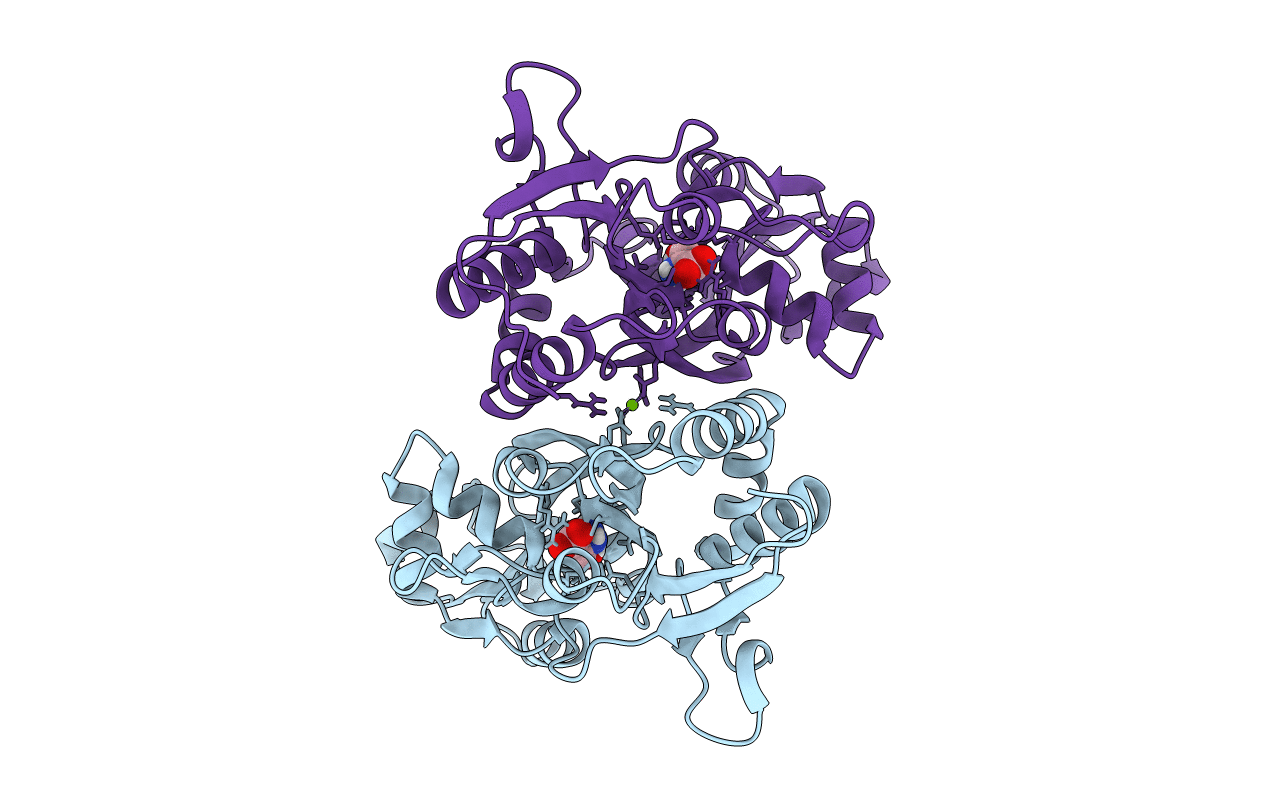
Deposition Date
2015-03-04
Release Date
2015-10-21
Last Version Date
2024-10-16
Method Details:
Experimental Method:
Resolution:
1.46 Å
R-Value Free:
0.16
R-Value Work:
0.13
R-Value Observed:
0.13
Space Group:
P 1 21 1


